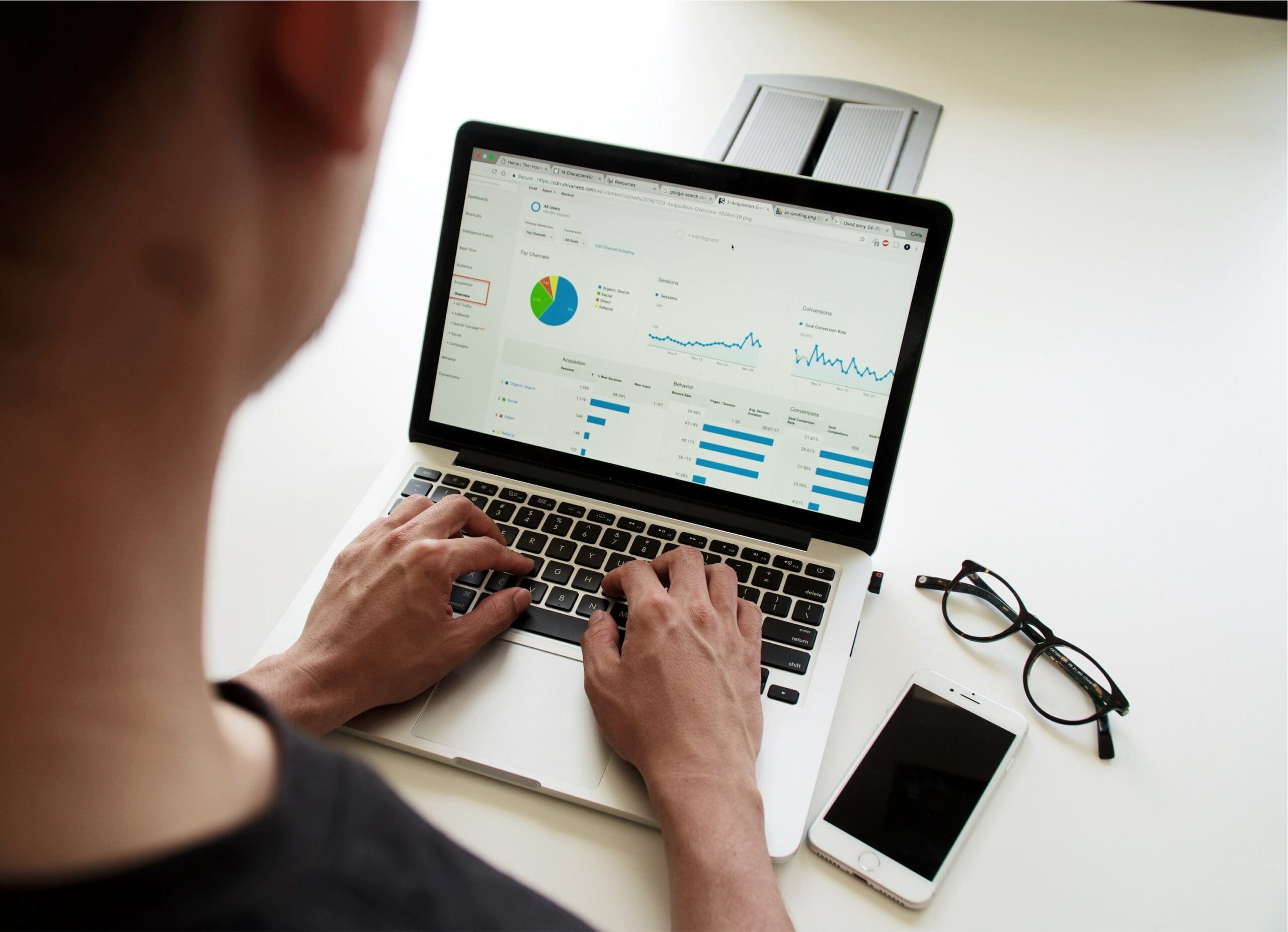In our hyperconnected world, convenience comes with a hidden price tag of digital vulnerability. A 2023 Cybersecurity Ventures report reveals a shocking statistic: cybercrime targeting financial assets is expected to cost the global economy $10.5 trillion annually by 2025, with public Wi-Fi networks serving as a primary gateway for sophisticated attacks.
The modern investor faces a landscape far more complex than traditional market risks. Every time you check your investment portfolio in a coffee shop, airport, or public library, you’re potentially exposing your financial future to cybercriminals who are constantly evolving their tactics.
Public Wi-Fi has become a digital minefield. These seemingly innocent connection points are hunting grounds for hackers who can:
- Intercept unencrypted data
- Clone network access points
- Deploy sophisticated man-in-the-middle attacks
- Exploit vulnerabilities in connection protocols
Your investment portfolio isn’t just a collection of numbers—it’s the culmination of your financial dreams, hard work, and future security. Protecting it requires understanding the invisible threats that lurk behind every public network connection.
The risk is not theoretical. Financial cybercrime has transformed from isolated incidents to a sophisticated, global industry that targets the most valuable asset many people have: their financial future.
Key Points of This Article
- Rise of Digital Payments and Cybersecurity Risks: The increase in digital payments has heightened the need for cybersecurity measures to protect financial data from cybercriminals.
- Common Hacking Techniques: Hackers use methods such as phishing, smishing, and exploiting mobile applications to access personal and financial information.
- Protecting Your Investment Portfolio: Implementing basic cybersecurity practices, such as monitoring accounts, updating applications, using secure connections, and avoiding public Wi-Fi, can help safeguard your investment portfolio from cyber threats.
The digital transformation of finance is no longer a trend—it’s a fundamental reality. A 2023 McKinsey Global Payments Report reveals that digital payments now account for 68% of all transactions in the United States, representing a dramatic shift in how we manage and interact with our financial assets.
This seamless connectivity comes with a double-edged sword. While digital finance offers unprecedented convenience, it has simultaneously opened new frontiers for cybercriminals. Financial services have become a primary target, with sophisticated hackers developing increasingly advanced methods to penetrate digital financial ecosystems.
The numbers are sobering. According to the 2023 Identity Theft Resource Center, financial fraud and cybercrime targeting investment portfolios have increased by 37% compared to the previous year. Cybercriminals are no longer amateur hackers—they are professional operatives using advanced technologies to exploit even the most robust security systems.
Your investment portfolio represents more than just numbers on a screen. It’s the culmination of your financial planning, hard work, and future security. Understanding how hackers can potentially access this critical information is the first step in building an effective digital defense strategy.
Table of Contents
How hackers access your financial portfolio
Phishing
Hackers use phishing to create a sense of urgency via emails that attempt to make you share your important data. Phishing emails appear to have been sent from a well-known organization or any bank or company you might be associated with. Most threats leverage human emotions, such as fear, panic, sense of urgency, etc., to facilitate the effectiveness of phishing campaigns. For example, you could receive an email that claims your ATM card has been blocked and that you need to fill in your bank details for further processing. Another form of phishing involves sending an attachment that, when downloaded, installs malware on your system, leading to further exploits.
Hackers use phishing to create a sense of urgency via emails that attempt to make you share your important data. For more information on how to recognize and avoid phishing scams, check out Federal Trade Commission’s guide on phishing.
Mobile applications exploitation
Beware of the applications that request sensitive personally identifiable information (PII) from you, such as social security number, address, credit card number, etc. Unfortunately, there seems to be a common misconception that every application on the Google Play store or Apple store is safe. Some applications contain malicious code to compromise confidentiality, integrity, availability, and privacy. Cybercriminals often inject malicious code into trusted mobile applications to allow them to capture user credentials for sensitive activities, including financial transactions. Mobile applications are often compromised to access:
✔️ Privileged accounts
✔️ SMS messages
✔️ Camera and microphone
✔️ Contacts list
Beware of the applications that request sensitive personally identifiable information (PII) from you. To learn more about protecting your privacy on mobile apps, visit Norton’s guide on mobile app security.
Smishing
Smishing is another form of phishing—through text or phone calls. Here, hackers attempt to trick you into sharing your private data by creating fake scenarios that mimic real messages that might be sent from a financial organization or bank. First, the hackers gain your trust to obtain your data, and later they try to gain access to your passwords or one-time passwords (OTPs) to access your accounts.
Smishing is another form of phishing—through text or phone calls. For further reading on smishing and how to protect yourself, visit Kaspersky’s article on smishing.
Insecure networks
Whenever a device is connected to an insecure network, such activity increases the risk of data theft because any hacker nearby could capture the data traffic flowing through said device. When valuable data is stolen, such as personally identifiable information (PII), cybercriminals immediately sell said data on the dark web to other malicious actors for profit. As a result, insecure networks are often used to lure unsuspecting individuals.
Whenever a device is connected to an insecure network, it increases the risk of data theft. To learn about securing your network, read Cisco’s guide on network security.
Malware
Malware is any malicious software that, once installed on your system, can perform functions like stealing or wiping out sensitive data from your device. There are several types of malware, such as viruses, trojans, spyware, etc. The worst cases of malware hacking occur in systems that have older versions of the operating system and no antivirus protection.
Protecting your investment portfolio
With the rapidly changing environment, there isn’t one standard way to protect critical assets, such as an investment portfolio. However, there are some basic security best practices that you can implement to protect your investment portfolio:
✔️ Regularly monitor your investment account statement and trade confirmations. This includes emails requesting your financial information, which can help you quickly detect any suspicious events.
✔️ Frequently update the applications hosting your investment portfolio. As financial investment firms leverage mobile applications to facilitate business operations, specific software weaknesses are discovered on trading platforms. Whenever these software weaknesses are discovered, most organizations release quick security patches and updates. Therefore, make sure you update your applications and software as soon as they are released.
✔️ Use automated “passwordless” managers and password generators. As the cyber threat landscape evolves, avoid sharing your investment account credentials with unverified third parties or writing them down. Today’s hackers are sophisticated when it comes to guessing access credentials, so it’s wise to leverage technology to create strong account passwords and keep them protected.
✔️ Avoid using public Wi-Fi to access your online brokerage account. Private, secure internet connections are the safest for accessing brokerage or investment accounts, especially when two-step verification is enabled on these accounts. Typically, a one-time password (OTP) is required before you can access their account, which can also notify you if an unauthorized entity is attempting to access your investment account. If you do need to access your account in public, consider an approved Virtual Private Network (VPN)—this creates a secure tunnel around all browsing activities from your IP address.
Securing Your Financial Future in the Digital Age
Cybersecurity is no longer an option—it’s a critical component of financial management. The digital transformation of finance has created unprecedented opportunities, but it has also opened the door to sophisticated cyber threats that can compromise your life’s financial work in moments.
Your investment portfolio is more than just numbers on a screen. It represents:
- Years of careful planning
- Hard-earned savings
- Future financial security
- Your dreams and aspirations
Every proactive step you take is a shield against potential cyber threats. Implementing robust security practices isn’t about fear—it’s about empowerment. It’s taking control of your financial narrative in an increasingly complex digital landscape.
The most successful investors aren’t just market-savvy—they’re digitally aware. They understand that protecting their assets goes beyond traditional investment strategies. It requires a comprehensive approach to digital security that evolves as quickly as cyber threats themselves.
Your financial future is worth defending. Don’t wait for a breach to take action. Start building your digital financial fortress today.
Ready to take the first step? Batten offers personalized cybersecurity solutions tailored to your unique financial landscape. Take our comprehensive security assessment and transform vulnerability into confidence.
Protect. Invest. Secure.
Sources Used for this Article:
- https://www.mckinsey.com/business-functions/mckinsey-digital/our-insights/the-2020-mckinsey-global-payments-report
- https://www.consumer.ftc.gov/articles/how-recognize-and-avoid-phishing-scams
- https://us.norton.com/internetsecurity-how-to-mobile-app-security.html
- https://www.kaspersky.com/resource-center/definitions/smishing
- https://www.cisco.com/c/en/us/products/security/what-is-network-security.html




